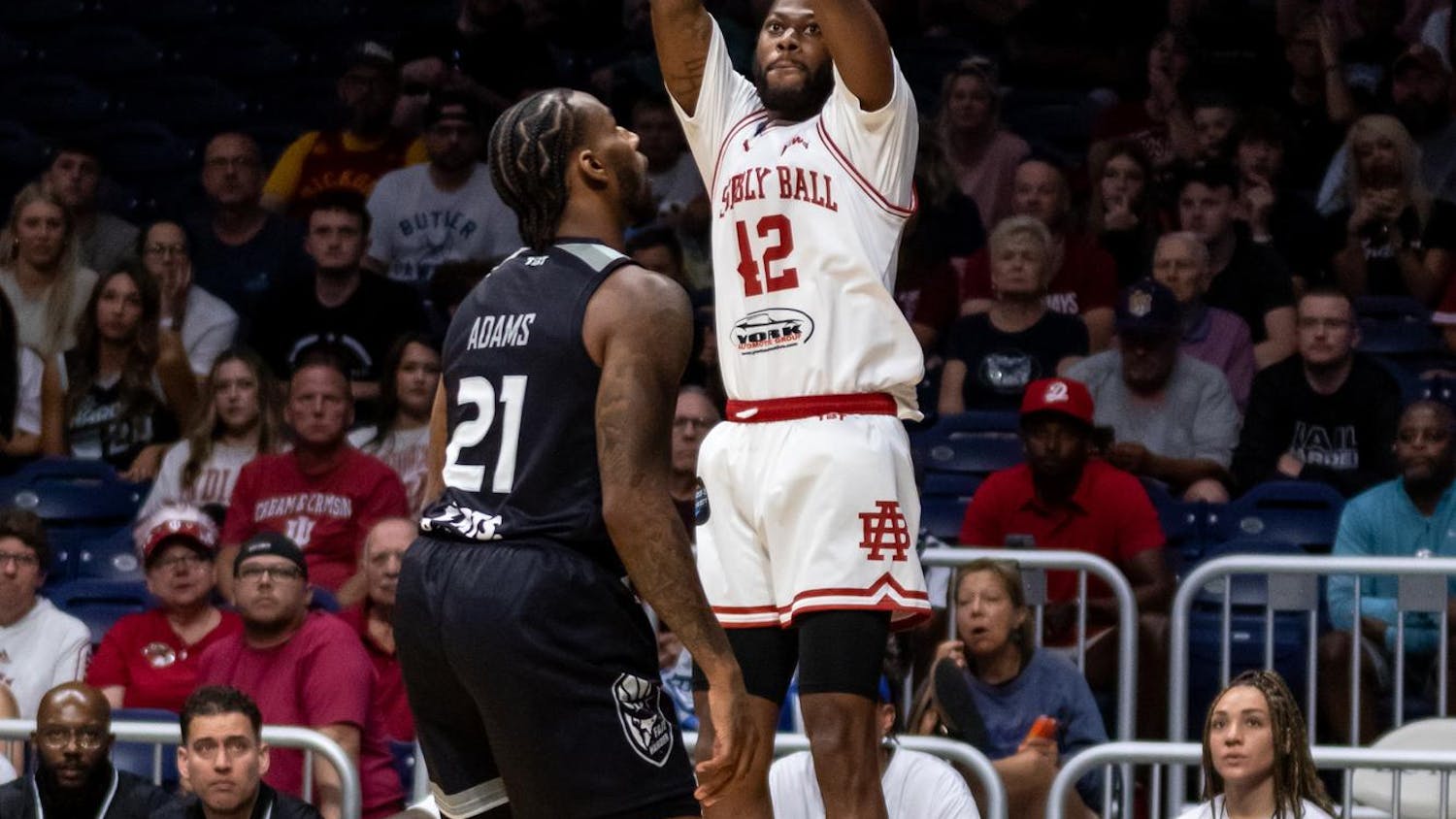It’s not a secret — the broadband industry in the United States is horribly broken.
The Federal Communications Commission reported complaints about data caps being at an all-time high, from 800 in the second half of 2015 to 8,000 in the first half of the year.
Thousands of Americans have canceled their streaming services like Netflix and Amazon Prime because Internet service providers charged expensive additional fees for going over relatively small bandwidth caps.
As a result of these data caps, services like Netflix intentionally degrade video quality in hopes of keeping users from paying extra to their Internet service providers.
AT&T and Verizon users are limited to the fairly low bandwidth of 600 kilobytes per second on mobile instead of the full data allotment.
It’s no wonder Netflix practices this policy. Watching a regular-length movie at a non-throttled speed eats up the entire allocation of a consumer’s $80-per-month Verizon plan.
Akamai’s State of the Internet Report shows Indiana’s average speeds are 7.94 megabytes per second, the 13th best of all states. The U.S.’ average is 11.9 Mbps, not even remotely close to South Korea’s average speed of 23.6 Mbps.
If you’re a consumer in the U.S., you’re most likely paying more for a product that is significantly worse than the one in the rest of the developed world.
The lack of effort from the broadband industry to improve and innovate is responsible for this paltry state of affairs.
The big three cable companies — Comcast, Verizon and Time Warner Cable — refuse to upgrade the network infrastructure that they control. For so long, barriers to entry prevented competition. The companies taking advantage of this worked together to ensure similar pricing — the customer paid more, but the companies did not have to upgrade.
Companies like Verizon and AT&T spent the first part of 2016 announcing new ways to gauge consumers for their money. Last month, AT&T introduced faster speeds but smaller, more expensive data caps.
There are a couple solutions for fixing these issues with the U.S. broadband.
One solution is for communities to begin building their own broadband networks and lease them out to Internet service providers. This often forces the hand of the bigger companies to increase their speeds or end up paying fees to keep providing services.
Another option would be for the FCC to introduce competition-friendly policies. The competition from Google Fiber has forced the big three companies to upgrade their copper cables to fiber, even if at a slow rate. More competition would force changes to be made faster.
Another solution would be for the FCC to follow the example of Europe and require cable companies to lease their infrastructure to newer businesses.
Consumer protections from the FCC wouldn’t hurt, as consumers can be deceived about Internet speeds and hidden fees they receive from Internet service providers.
The FCC recently recommended a nutrition-like label approach, which would enable the broadband industry to properly communicate the speeds and fees a consumer will get from each company. However, the FCC needs to make this a requirement to actually have it implemented on a large scale.
As a consumer, you’re paying disproportionately for a bad product. Not only that, it’s affecting how you operate with other businesses on the Internet, including streaming and cloud services. If we don’t want to hold back online innovation, the broadband industry requires fixing.
sshahsav@indiana.edu





